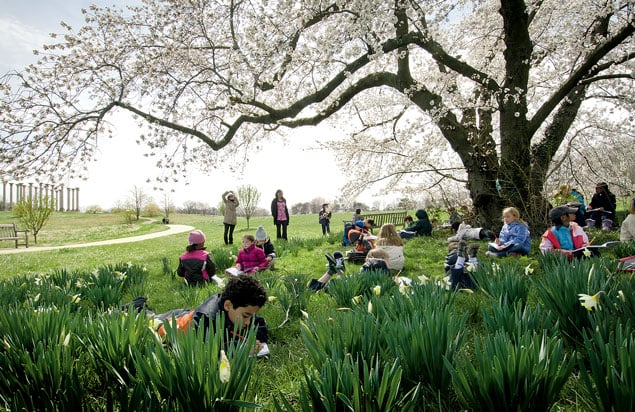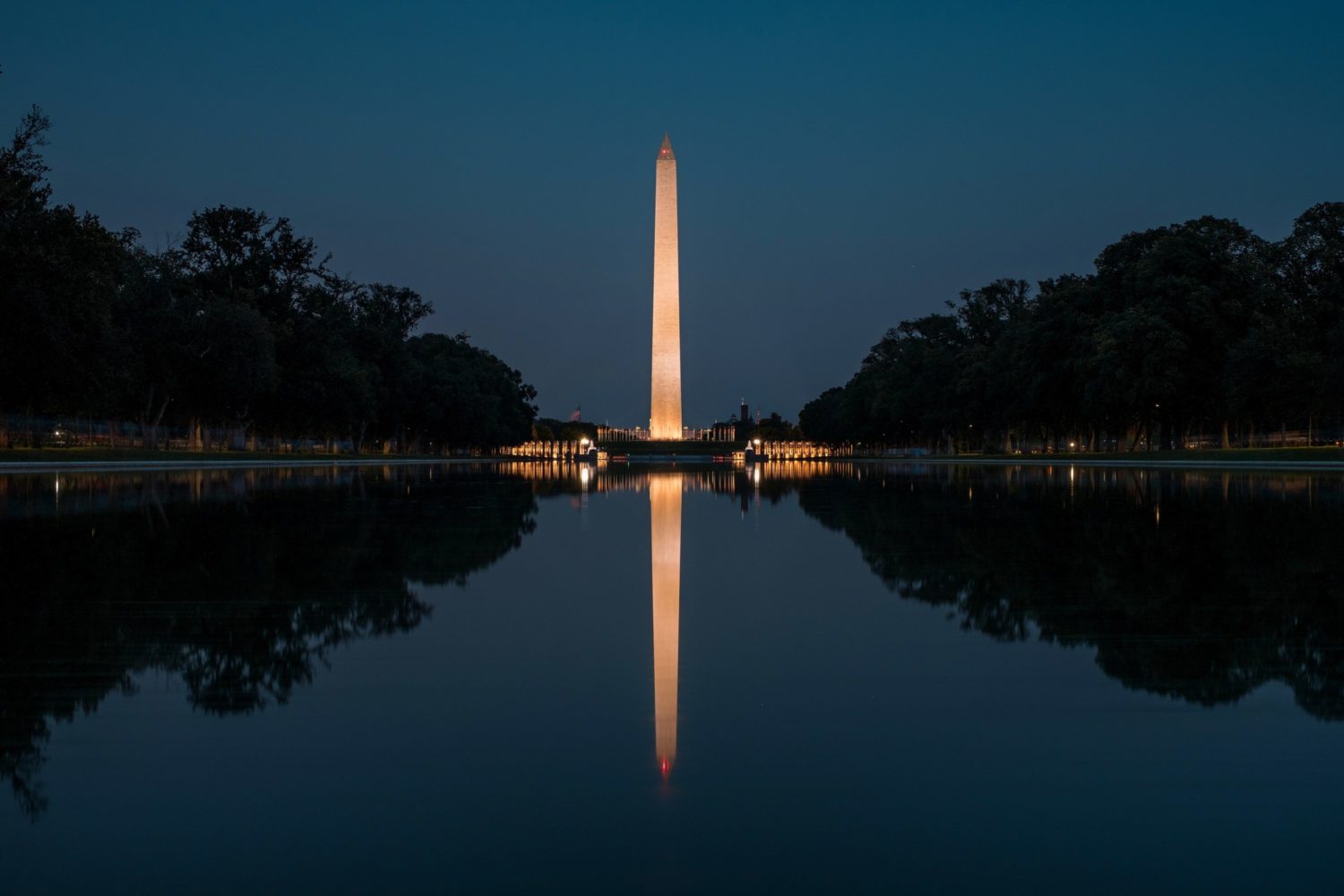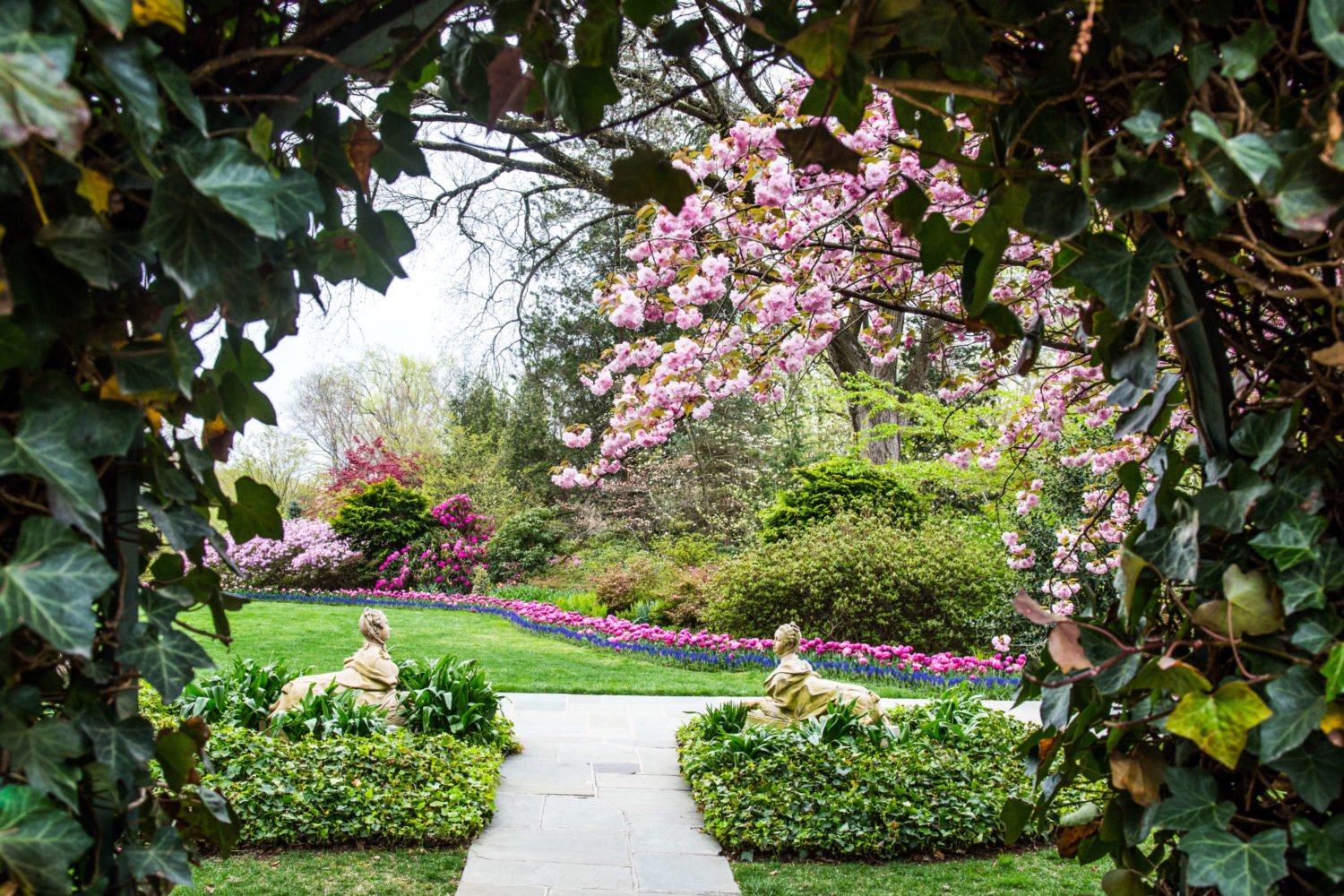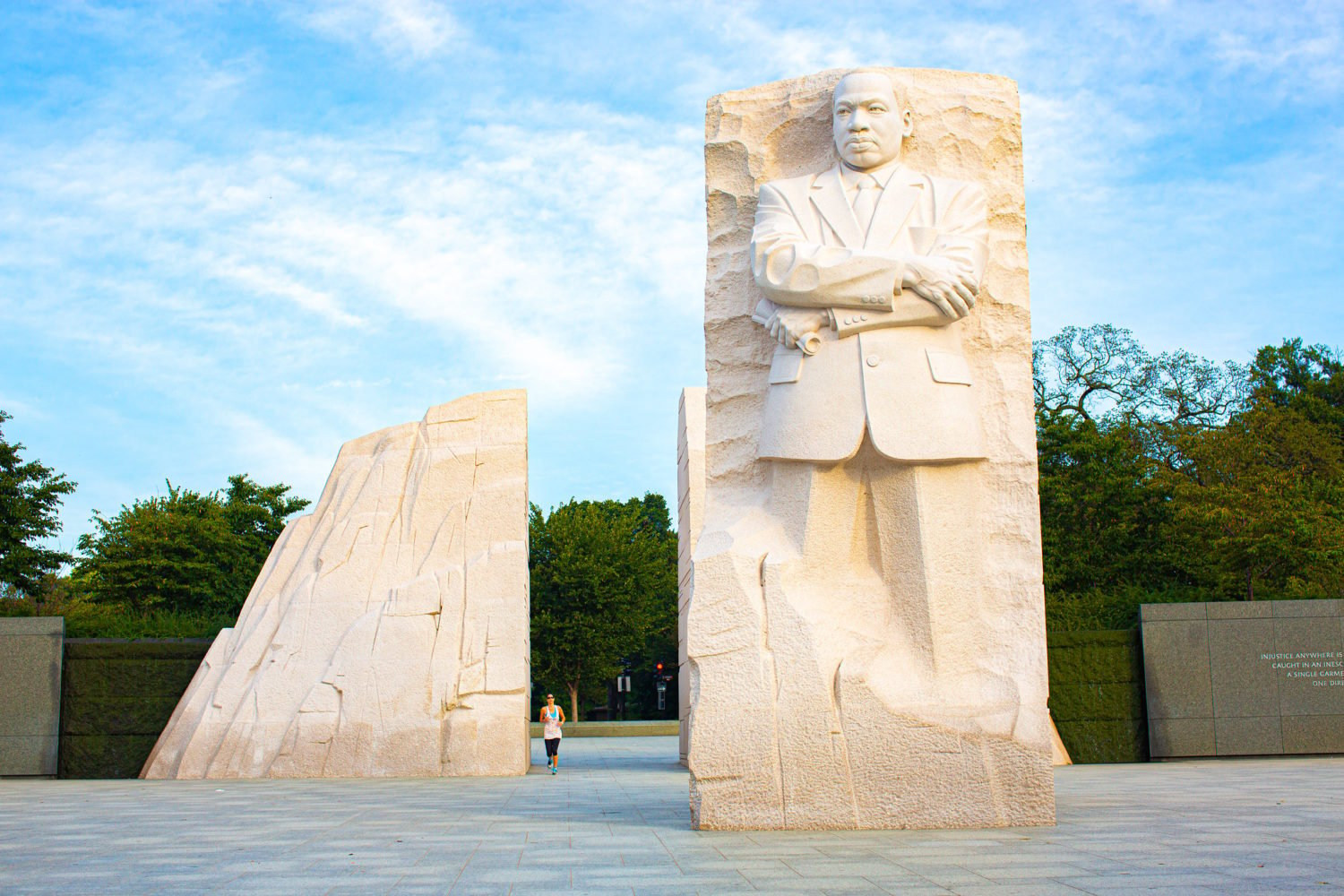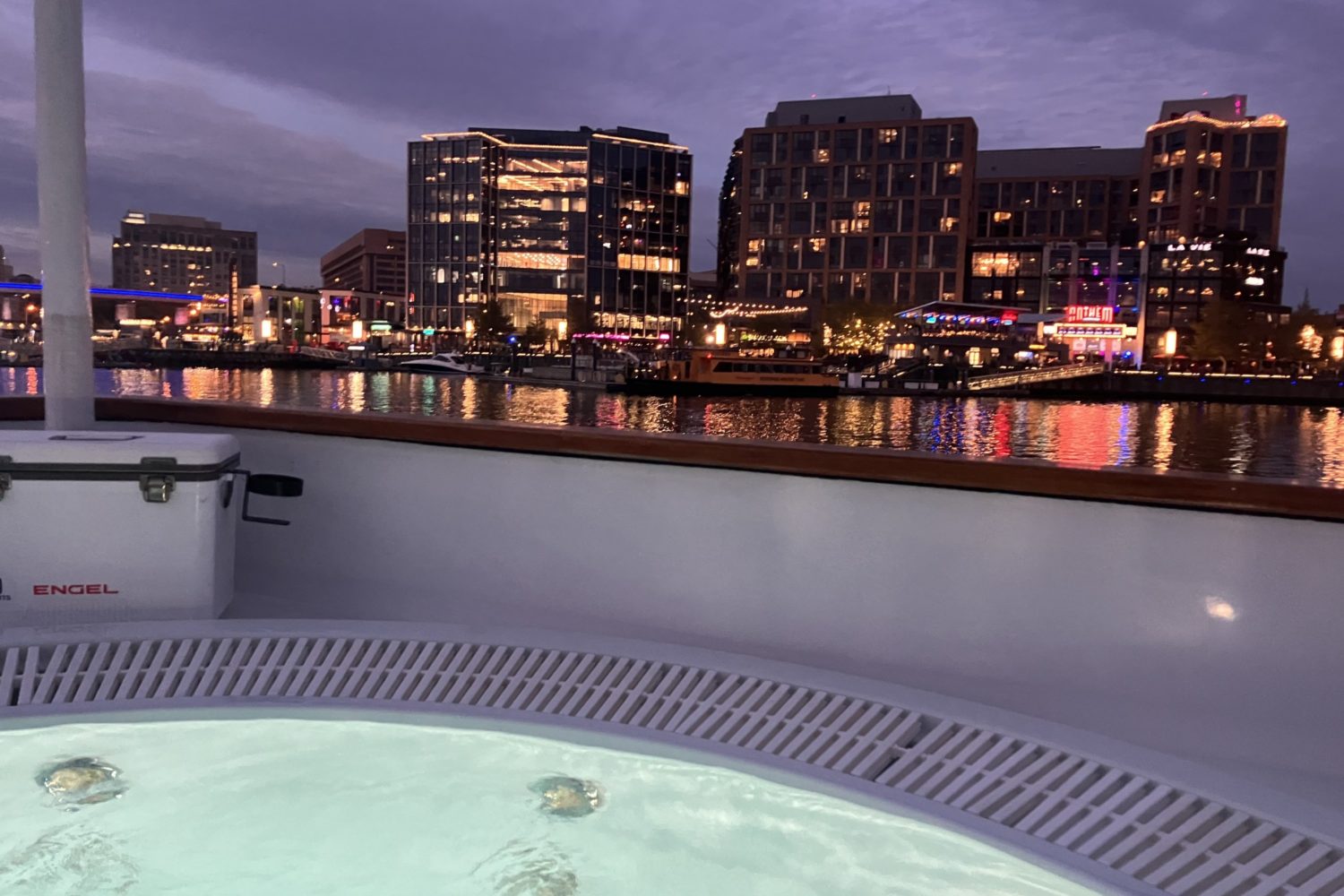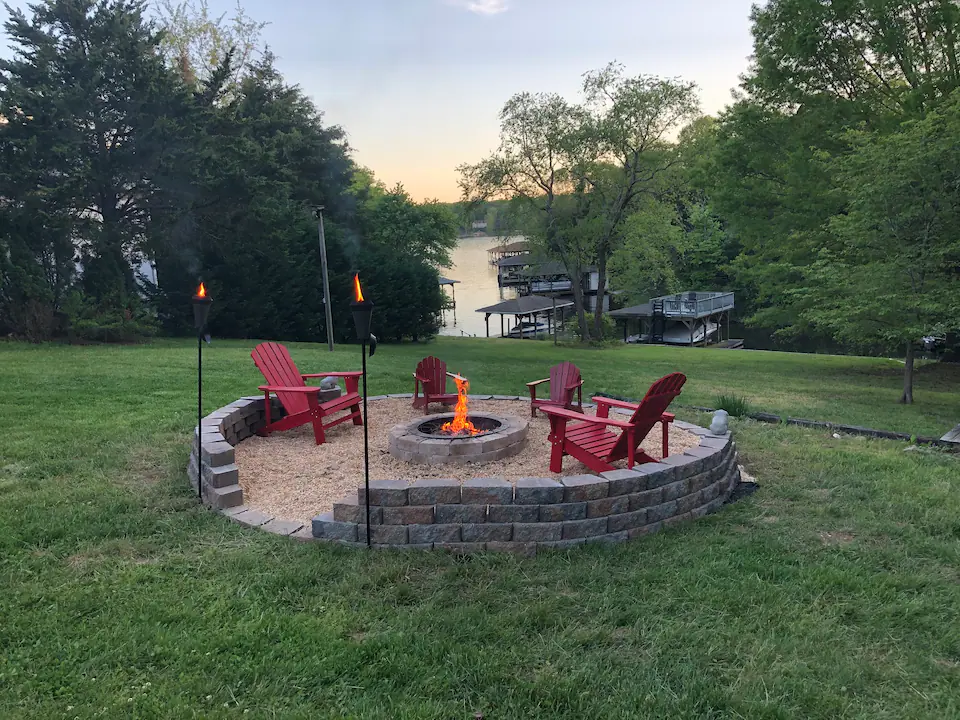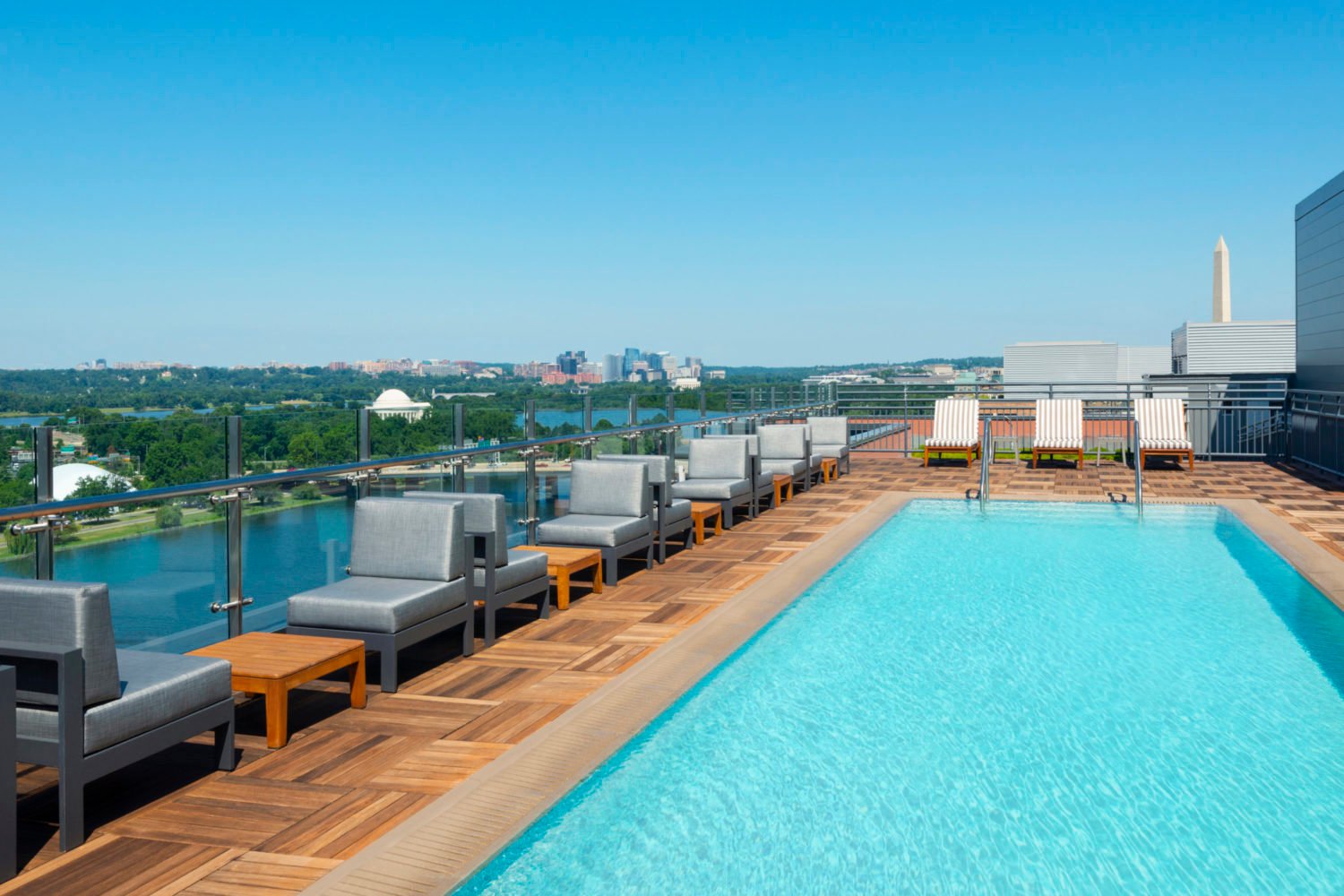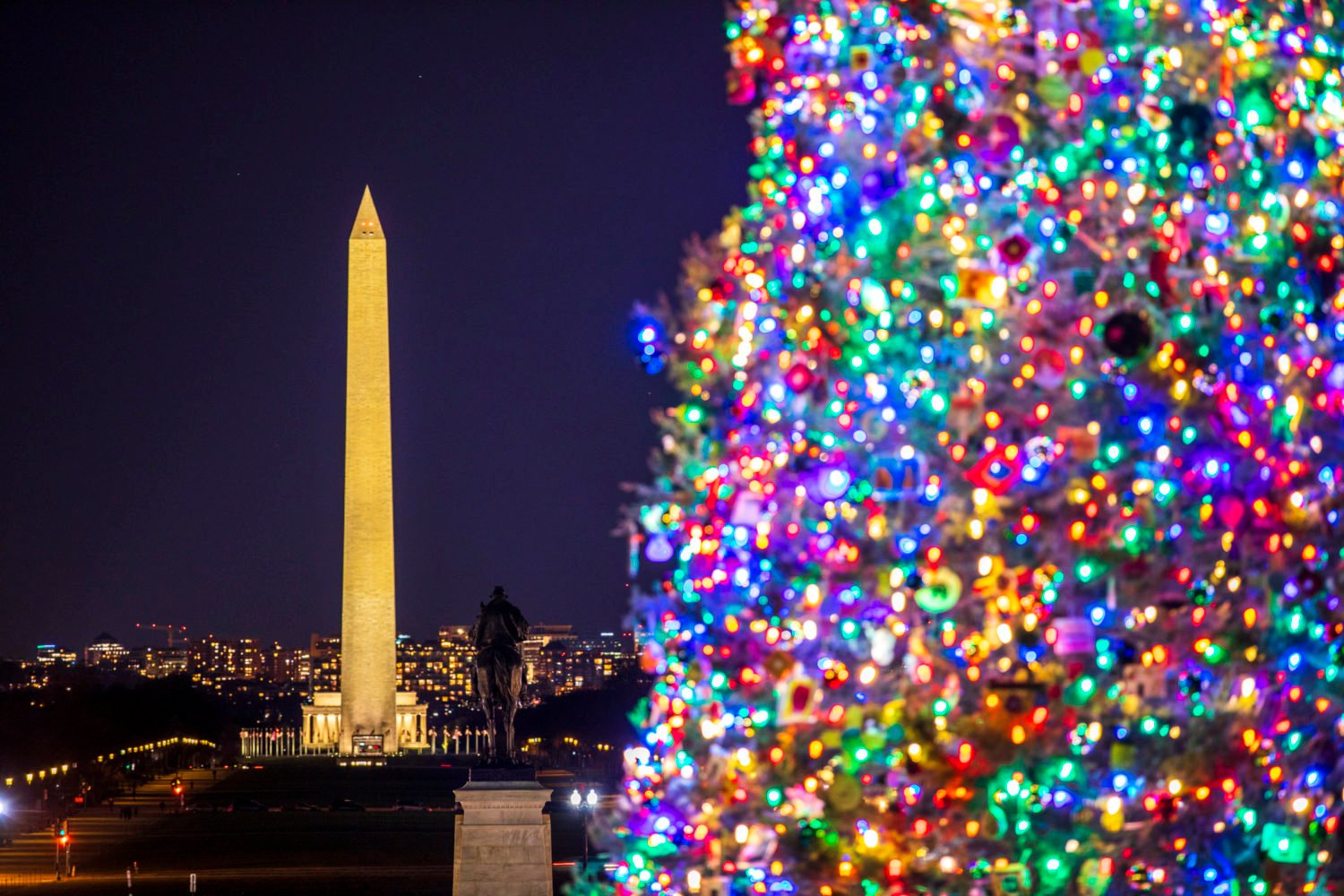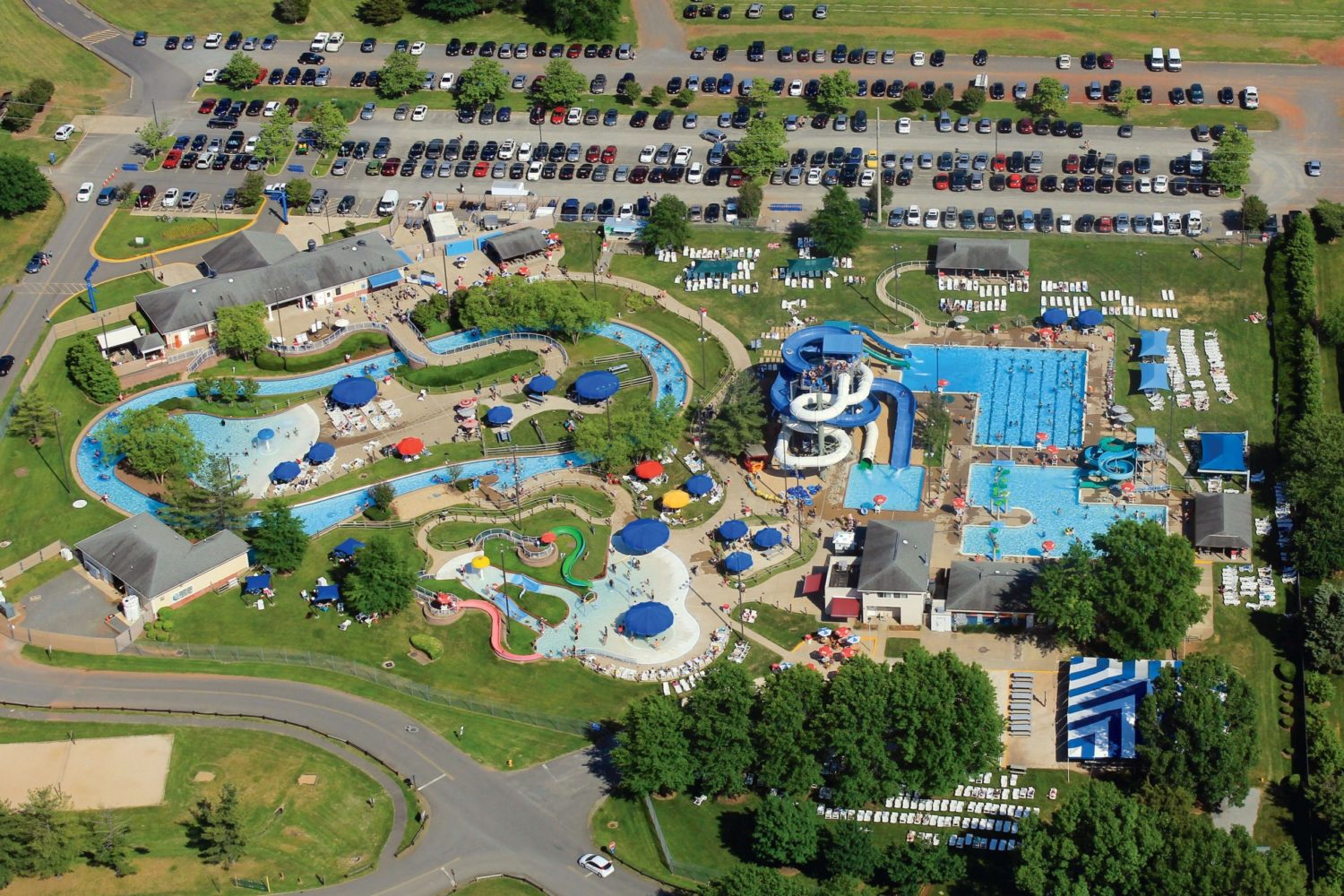National Arboretum
This “living museum” features 446 acres of distinctive flora including Asian plant, azalea, and dogwood collections; a fern valley; a bonsai and penjing museum; and a grove of state trees. Nine miles of road wind throughout the arboretum, and the grounds can be toured by car, bike, bus, foot, or tram. Through April 27, take a self-guided tour of the Arboretum’s collection of flowering cherry trees, or see the park’s vast collection of azaleas and the Potomac Bonsai Festival in May.
3501 New York Ave., NE; 202-245-2726; usna.usda.gov. Open every day from 8 to 5; closed Christmas Day.
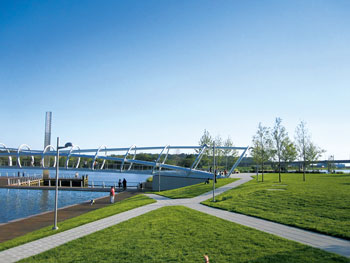
Yards Park
DC’s Southeast waterfront may be on the map for the Nationals Park and the Navy Yard, but just a few short blocks away is a span of recently renovated outdoor space still largely unknown to many city dwellers. While it isn’t huge, the Capitol Riverfront neighborhood park is an optimal spot for picnics and pickup games. Relax on the waterfront boardwalk, or head down for an outdoor concert at the terrace performance space. The park includes two bridges and a water feature for children; most weekends you can walk all the way down the riverfront past the Navy Yard and former destroyer the USS Barry (now a museum). Entrances to Yards Park are at Third and Fourth streets, Southeast, along Water Street.
For more information, go to yardspark.org.
Fort Dupont Park
Across the Anacostia River in Southeast DC is Fort Dupont Park, a 376-acre expanse of land that helped make up the greater Civil War Defenses of Washington. One of the largest parks in the District, Fort Dupont offers civil war programs, sports fields and courts, music and theater performances, and a junior ranger program to bring the park’s habitat to life for children. The park’s main driving entrances are Fort Davis Drive and Ridge Road, Fort Davis Drive and Massachusetts Avenue, and Randle Circle and Fort Dupont Drive.
For more information, go to nps.gov/fodu.
Kenilworth Park and Aquatic Gardens
In Northeast DC close to the Maryland border lies this 700-acre park, home to water lilies, lotuses, and other aquatic plants. Visitors can hike the park’s short trails, canoe through the marsh, picnic, or try to spot blue heron and egrets. Late summer and early fall are the only times to see the large Victoria water lilies. Part of Anacostia Park, Kenilworth is in Northeast
DC near the Route 50/Baltimore-Washington Parkway/Kenilworth Avenue intersection. The park is open every day from 7 to 5 in summer and until 4:30 after Labor Day.
Go to nps.gov/keaq for more information.
Potomac Overlook Regional Park
Nestled into the river bend in North Arlington, Potomac Overlook Regional Park’s 70 acres of open space include educational gardens, an animal exhibit housing turtles, fish and rehabilitated owls, and a nature center. Walk the park’s intricate trail system, stopping to make use of the serene picnic area. Potomac Overlook has an extensive outreach program and offers regular events such as the informal educational hangout “Meet Me on a Sunday,” or the Roving Naturalist Program, which offers guided walks and kayak tours of the park. Potomac Overlook Regional Park is open to the public from 10 to 5 Tuesday through Saturday and 1 to 5 on Sunday.
2845 N. Marcey Rd., Arlington; 703-528-5406; nvrpa.org/potomacoverlook.html.

